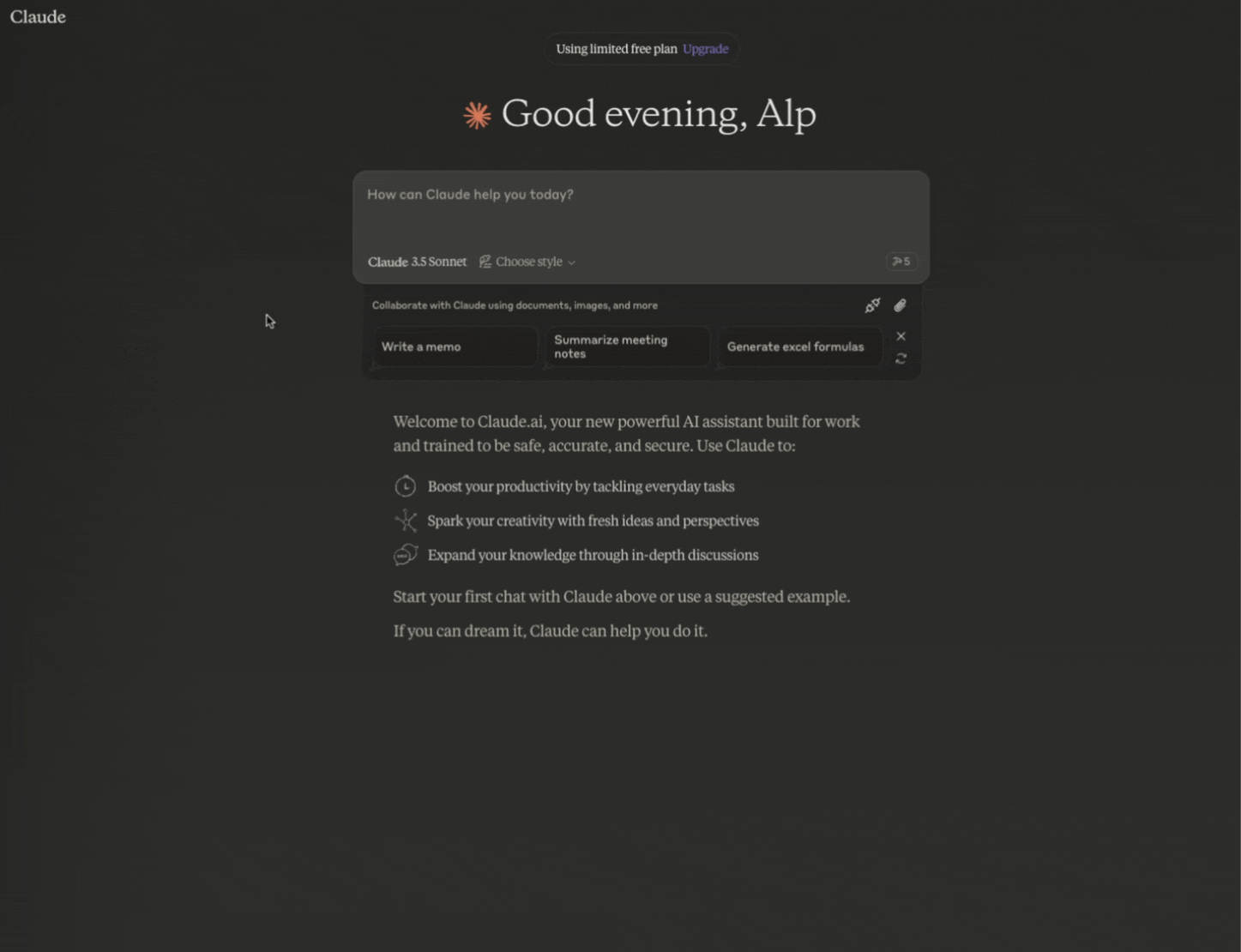 ravenwits/mcp-server-arangodbUpdated 20 days ago017
ravenwits/mcp-server-arangodbUpdated 20 days ago017
MCP Server for ArangoDB
A Model Context Protocol server for ArangoDB
This is a TypeScript-based MCP server that provides database interaction capabilities through ArangoDB. It implements core database operations and allows seamless integration with ArangoDB through MCP tools. You can use it wih Claude app and also extension for VSCode that works with mcp like Cline!
Features
Tools
-
arango_query- Execute AQL queries- Takes an AQL query string as required parameter
- Optionally accepts bind variables for parameterized queries
- Returns query results as JSON
-
arango_insert- Insert documents into collections- Takes collection name and document object as required parameters
- Automatically generates document key if not provided
- Returns the created document metadata
-
arango_update- Update existing documents- Takes collection name, document key, and update object as required parameters
- Returns the updated document metadata
-
arango_remove- Remove documents from collections- Takes collection name and document key as required parameters
- Returns the removed document metadata
-
arango_backup- Backup all collections to JSON files- Takes output directory path as required parameter
- Creates JSON files for each collection with current data
- Useful for data backup and migration purposes
-
arango_list_collections- List all collections in the database- Returns array of collection information including names, IDs, and types
-
arango_create_collection- Create a new collection in the database- Takes collection name as required parameter
- Optionally specify collection type (document or edge collection)
- Configure waitForSync behavior for write operations
- Returns collection information including name, type, and status
Installation
Installing via NPM
To install arango-server globally via NPM, run the following command:
npm install -g arango-server
Running via NPX
To run arango-server directly without installation, use the following command:
npx arango-server
Configuring for VSCode Agent
To use arango-server with the VSCode Copilot agent, you must have at least VSCode 1.99.0 installed and follow these steps:
-
Create or edit the MCP configuration file:
- Workspace-specific configuration: Create or edit the
.vscode/mcp.jsonfile in your workspace. - User-specific configuration: Optionally, specify the server in the setting(mcp) VS Code user settings to enable the MCP server across all workspaces.
Tip: You can refer here to the MCP configuration documentation of VSCode for more details on how to set up the configuration file.
- Workspace-specific configuration: Create or edit the
-
Add the following configuration:
{ "servers": { "arango-mcp": { "type": "stdio", "command": "npx", "args": ["arango-server"], "env": { "ARANGO_URL": "http://localhost:8529", "ARANGO_DB": "v20", "ARANGO_USERNAME": "app", "ARANGO_PASSWORD": "75Sab@MYa3Dj8Fc" } } } } -
Start the MCP server:
- Open the Command Palette in VSCode (
Ctrl+Shift+PorCmd+Shift+Pon Mac). - Run the command
MCP: Start Serverand selectarango-mcpfrom the list.
- Open the Command Palette in VSCode (
-
Verify the server:
- Open the Chat view in VSCode and switch to Agent mode.
- Use the
Toolsbutton to verify that thearango-servertools are available.
Installing via Smithery
To install ArangoDB for Claude Desktop automatically via Smithery:
npx -y @smithery/cli install @ravenwits/mcp-server-arangodb --client claude
To use with Claude Desktop
Go to: Settings > Developer > Edit Config or
- MacOS:
~/Library/Application Support/Claude/claude_desktop_config.json - Windows:
%APPDATA%/Claude/claude_desktop_config.json
To use with Cline VSCode Extension
Go to: Cline Extension > MCP Servers > Edit Configuration or
- MacOS:
~/Library/Application Support/Code/User/globalStorage/cline.cline/config.json - Windows:
%APPDATA%/Code/User/globalStorage/cline.cline/config.json
Add the following configuration to the mcpServers section:
{
"mcpServers": {
"arango": {
"command": "node",
"args": ["/path/to/arango-server/build/index.js"],
"env": {
"ARANGO_URL": "your_database_url",
"ARANGO_DB": "your_database_name",
"ARANGO_USERNAME": "your_username",
"ARANGO_PASSWORD": "your_password"
}
}
}
}
Environment Variables
The server requires the following environment variables:
ARANGO_URL- ArangoDB server URL (note: 8529 is the default port for ArangoDB for local development)ARANGO_DB- Database nameARANGO_USERNAME- Database userARANGO_PASSWORD- Database password
Usage
You can pretty much provide any meaningful prompt and Claude will try to execute the appropriate function.
Some example propmts:
- "List all collections in the database"
- "Query all users"
- "Insert a new document with name 'John Doe' and email "john@example.com' to the 'users' collection"
- "Update the document with key '123456' or name 'Jane Doe' to change the age to 48"
- "Create a new collection named 'products'"
Usage with Claude App

Uasge with Cline VSCode extension

Query all users:
{
"query": "FOR user IN users RETURN user"
}
Insert a new document:
{
"collection": "users",
"document": {
"name": "John Doe",
"email": "john@example.com"
}
}
Update a document:
{
"collection": "users",
"key": "123456",
"update": {
"name": "Jane Doe"
}
}
Remove a document:
{
"collection": "users",
"key": "123456"
}
List all collections:
{} // No parameters required
Backup database collections:
{
"outputDir": "./backup" // Specify an absolute output directory path for the backup files (optional)
"collection": "users" // Specify a collection name to backup (optional) If no collection name is provided, all collections will be backed up
"docLimit": 1000 // Specify the maximum number of documents to backup per collection (optional), if not provided, all documents will be backed up (not having a limit might cause timeout for large collections)
}
Create a new collection:
{
"name": "products",
"type": 2, // 2 for document collection, 3 for edge collection (optional, defaults to document collection)
"waitForSync": false // Optional, defaults to false
}
Note: The server is database-structure agnostic and can work with any collection names or structures as long as they follow ArangoDB's document and edge collection models.
Development
-
Clone the repository
-
Install dependencies:
npm run build -
For development with auto-rebuild:
npm run watch
Debugging
Since MCP servers communicate over stdio, debugging can be challenging. recommended debugging can be done by using MCP Inspector for development:
npm run inspector
The Inspector will provide a URL to access debugging tools in your browser.
License
This project is licensed under the MIT License - see the LICENSE file for details.
Installation
MCPLink
Seamless access to top MCP servers powering the future of AI integration.